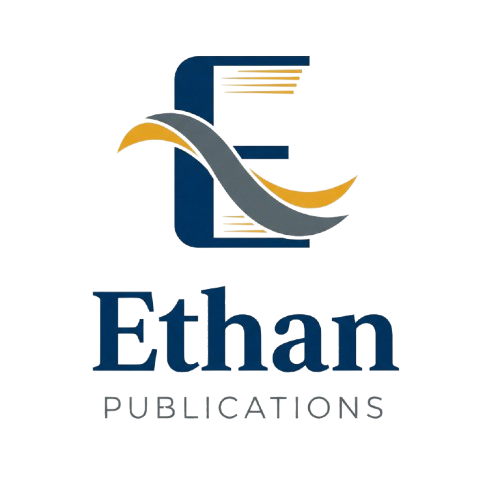BLOOD AND COAGULATION PARAMETERS IN UTERINE FIBROID PATIENTS: EVIDENCE FROM FEDERAL MEDICAL CENTRE, YENAGOA
Authors: Pere Emmanuel Ebiowei, Chinedu Augustine Okeke
DOI: 10.5281/zenodo.17379430
Published: October 2025
Abstract
<p><em>Uterine leiomyomas (fibroids) are benign tumors that can have effects on haematological and coagulation parameters, particularly in those with menorrhagia. Evaluation of such change has bearings on clinical care and preoperative preparation. This study assessed selected haematological and coagulation profiles of uterine leiomyoma patients attending Federal Medical Centre, Yenagoa, Bayelsa State. A case-control design comprising 20 patients with uterine leiomyoma and 10 age-matched controls selected through a convenient sampling technique. Five millilitres of blood samples were drawn from each participant. Full blood count was analysed using a SYSMEX XP 300 haematology analyser, and activated partial thromboplastin time (APTT) and prothrombin time (PT) were assayed using a semi-automated coagulometer. Data analysis was carried out using SPSS version 10, and statistical significance was established at p<0.05. The finding was that uterine leiomyoma patients had significantly higher mean packed cell volume (PCV: 35.40 ± 2.81), haemoglobin (Hb: 12.14 ± 1.41), red blood cell count (RBC: 4.68 ± 0.82), lymphocytes (51.15 ± 10.67), mean corpuscular volume (MCV: 81.15 ± 8.20), mean corpuscular haemoglobin (MCH: 27.40 ± 4.20), and mean corpuscular haemoglobin concentration (MCHC: 31.81 ± 1.90) compared to the control (PCV: 31.45 ± 2.70, Hb: 10.69 ± 1.48, RBC: 3.78 ± 0.58, lymphocytes: 41.35 ± 5.06, MCV: 79.25 ± 9.01, MCH: 24.30 ± 3.18, MCHC: 26.20 ± 2.94). APTT of patients with fibroids was also significantly raised (32.33 ± 6.80 vs 28.73 ± 4.93), whereas PT (11.82 ± 1.98 vs 11.07 ± 1.24) and platelet count (269.35 ± 68.62 vs 258.75 ± 65.33) were mildly elevated but not significant. These changes indicate that uterine leiomyoma is associated with a change in haematological and coagulation profile, and these may be indicative of adaptive mechanisms to bleeding, inflammation, or endocrine effect. Laboratory evaluation of these parameters as a routine is recommended for adequate diagnosis, risk estimation, and management in uterine fibroid patients</em></p>
Full Text
No full text available
Cite this Article
References
- No references available.
